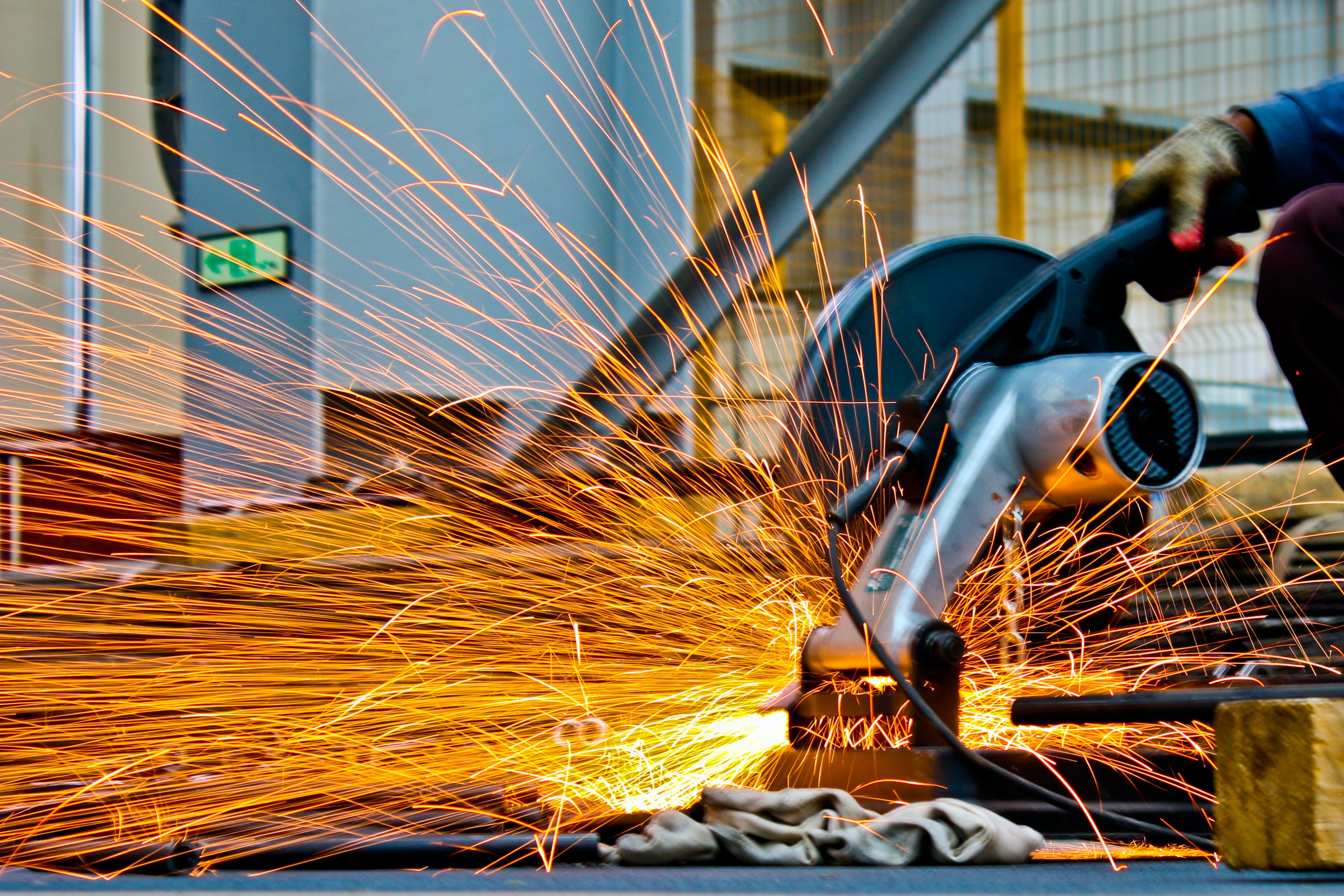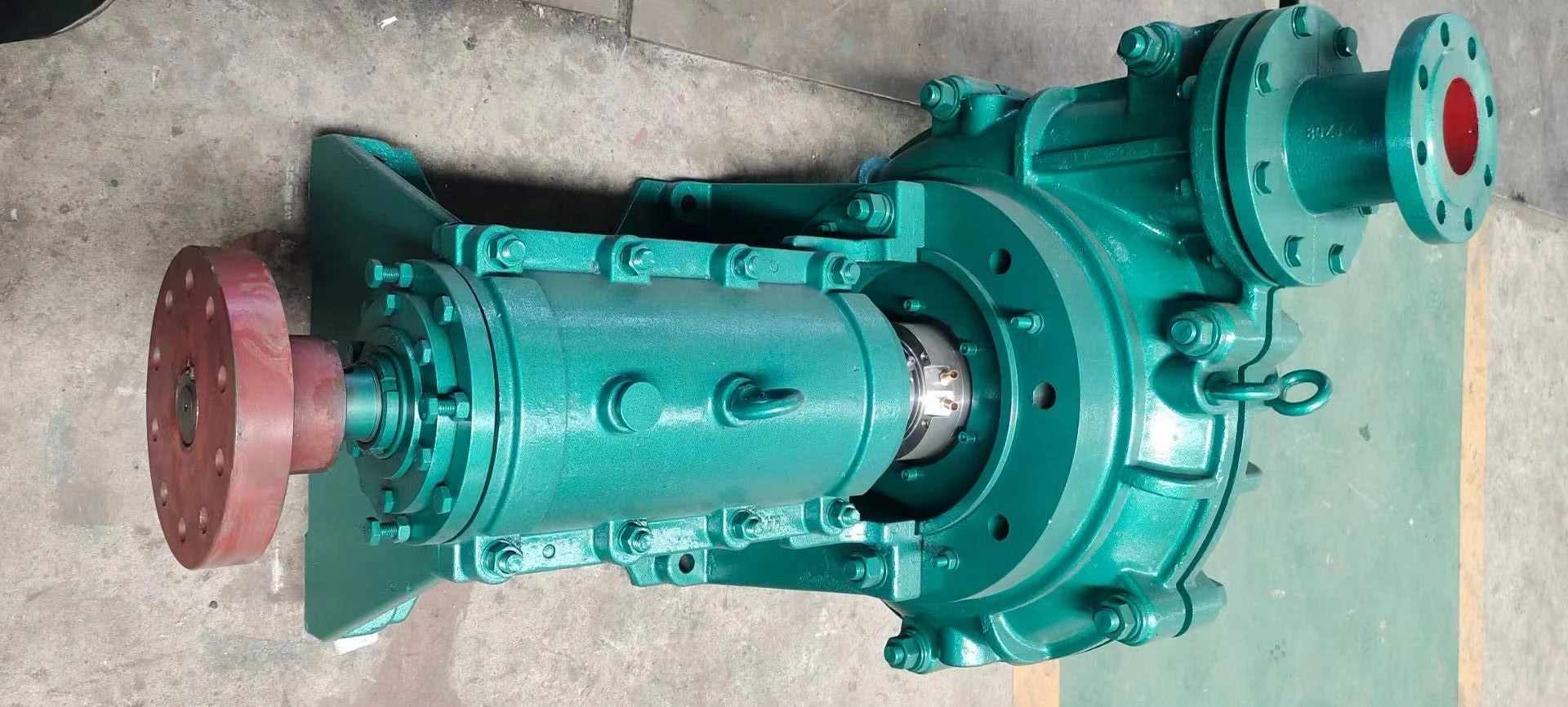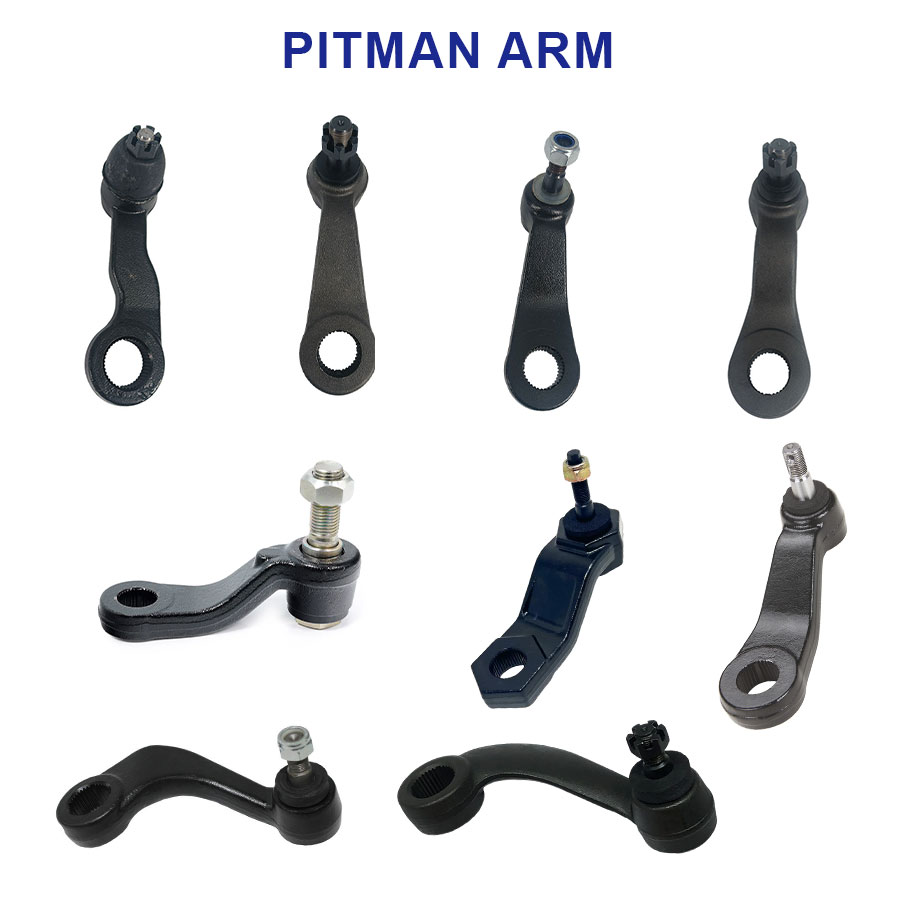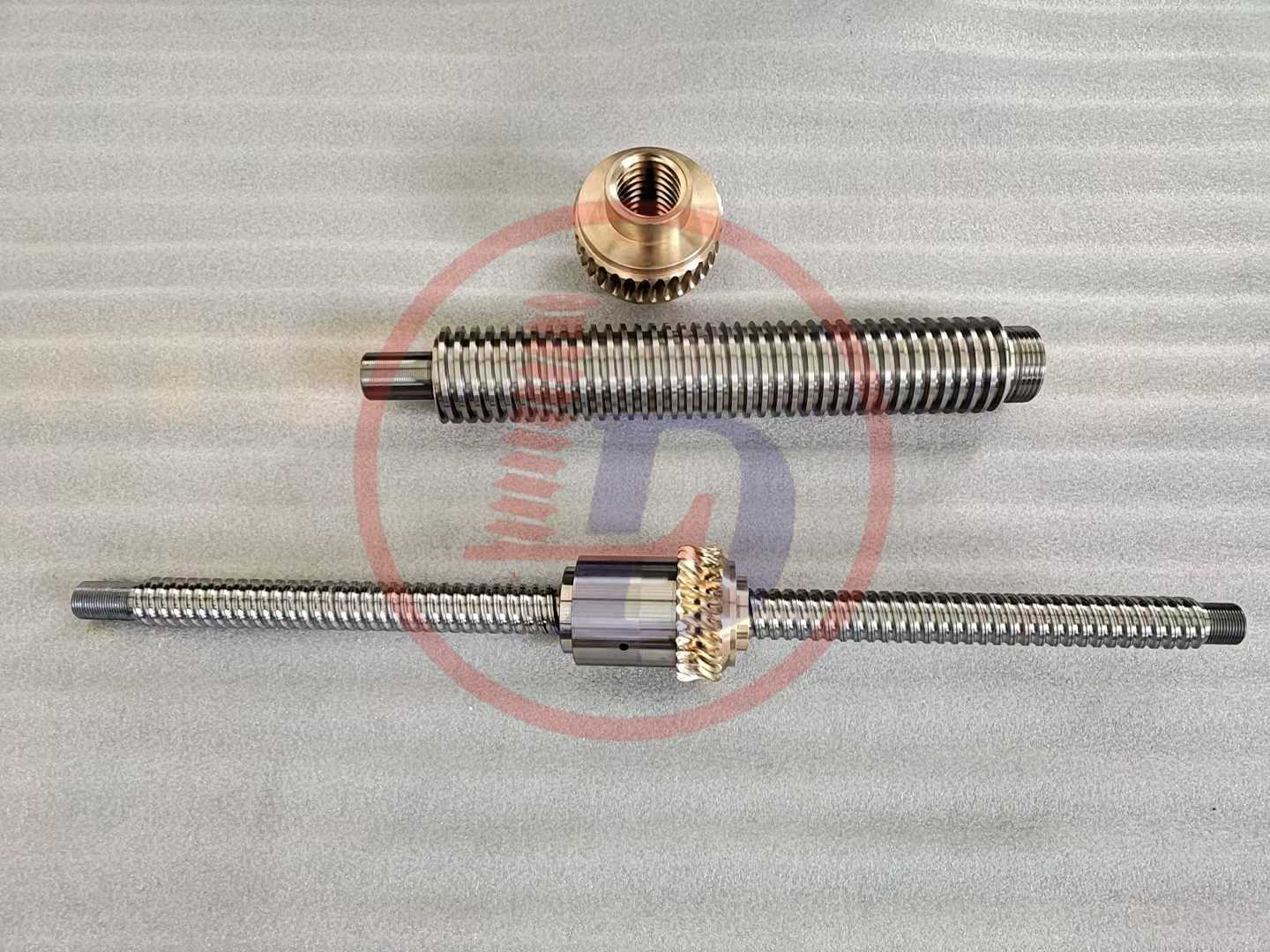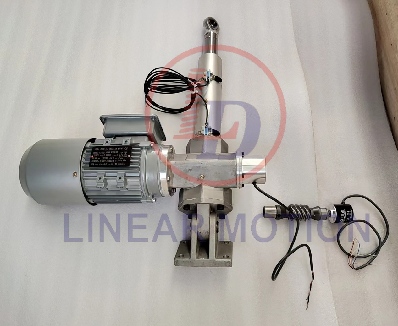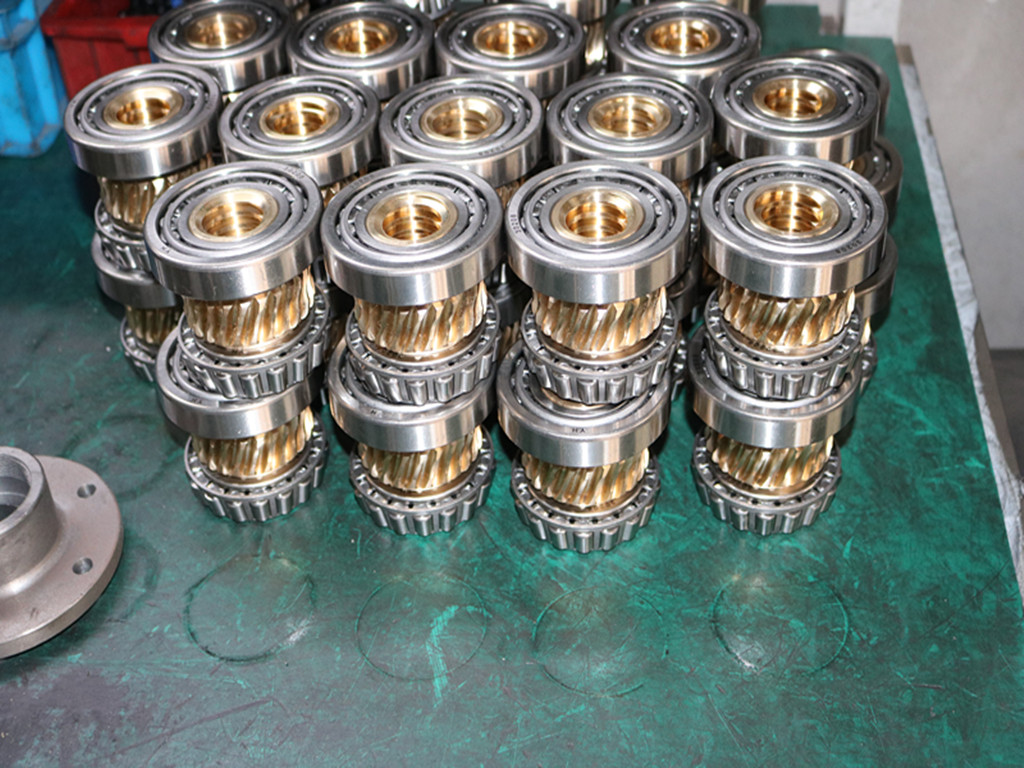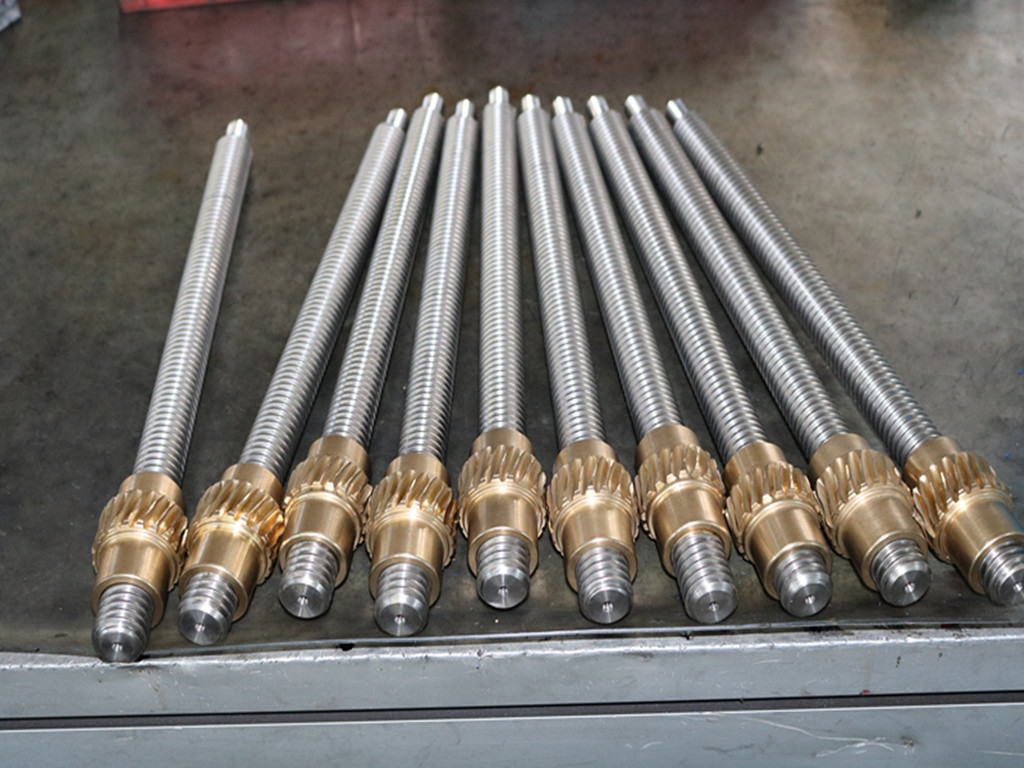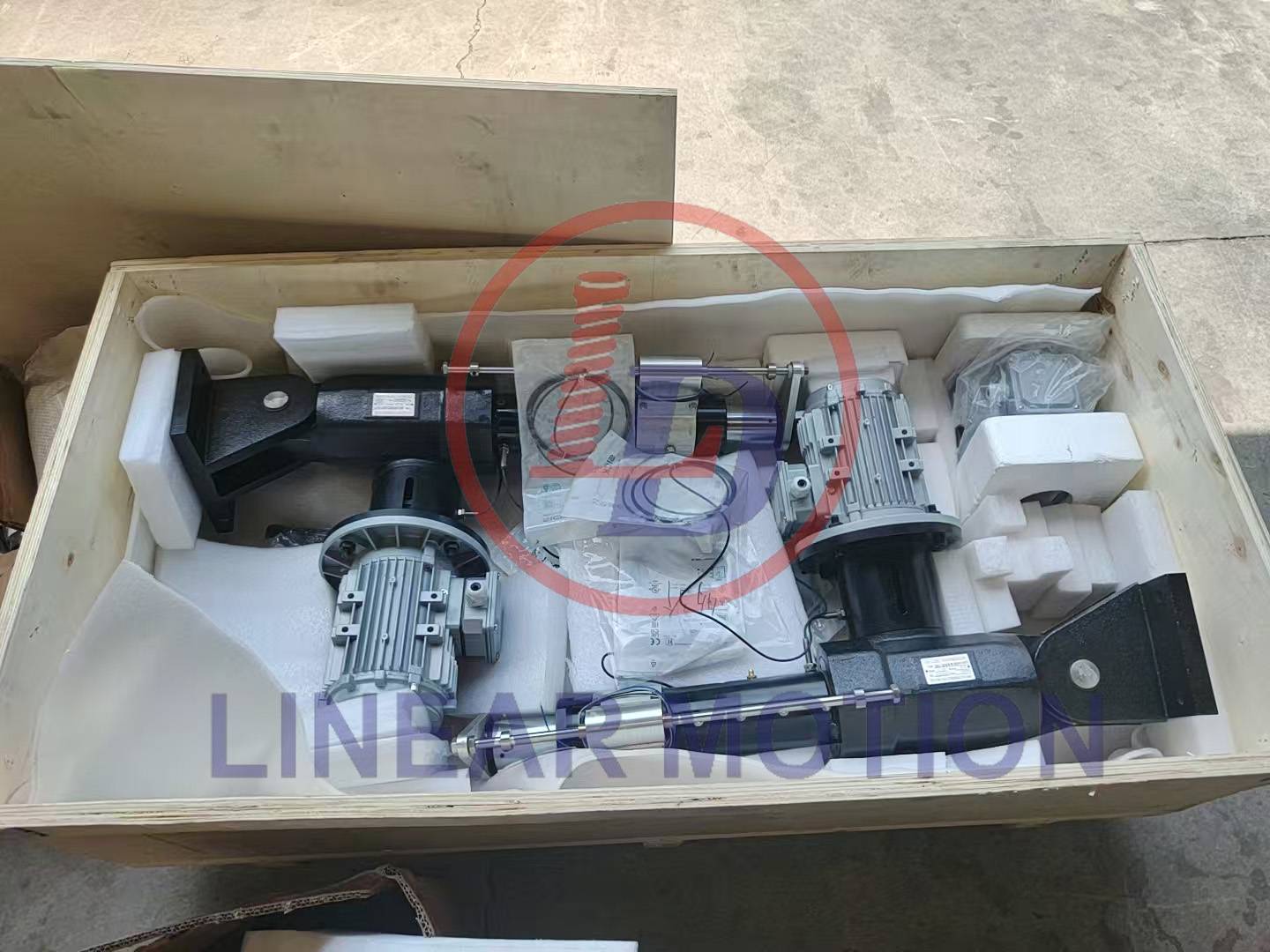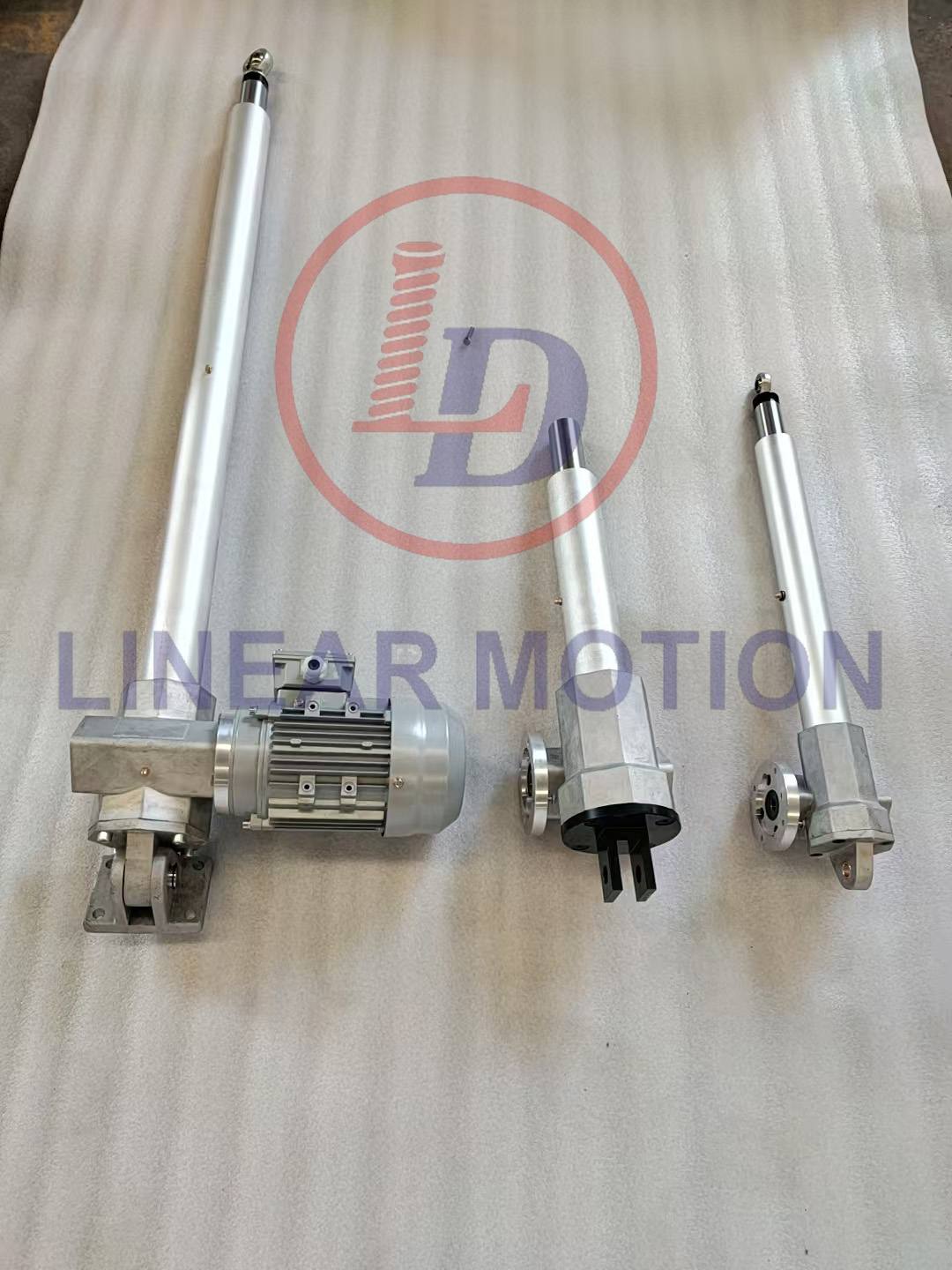Challenges and Opportunities Brought by "Megatrends"
Currently, various "megatrends" are profoundly reshaping the world. These present significant social, economic, and cultural challenges, while also creating opportunities for sustainability and innovation.
With forward-thinking insights and cutting-edge product capabilities, KSB is providing efficient, reliable, and sustainable fluid solutions in critical scenarios.

From agricultural water security challenges and water supply and drainage safety in megacities to electric vehicle battery production, the circular economy and low-carbon manufacturing, and AI data center cooling, the following five examples demonstrate how KSB's products are empowering the future.
1. Electrification: Growing Demand for Batteries

Electrification, at its core, replaces fossil fuels with clean electricity. Consequently, demand for lithium-ion batteries will surge from approximately 750 GWh (gigawatt-hours) today to 4,700 GWh by 2040, as McKinsey predicts. The battery value chain spans mining, refining, material synthesis, battery cells, and recycling, and each link requires corrosion- and wear-resistant pumps and valves.
On the raw material side: KSB's LCC-M slurry pumps, with their highly wear-resistant structure, play a key role in handling solid-containing, highly abrasive, and corrosive media.

On the refining side: KSB's Magnochem standard chemical pumps, with their chemically resistant materials and a wide range of seal configurations, ensure safety and reliability when conveying high-temperature, highly corrosive, and hazardous chemical liquids.
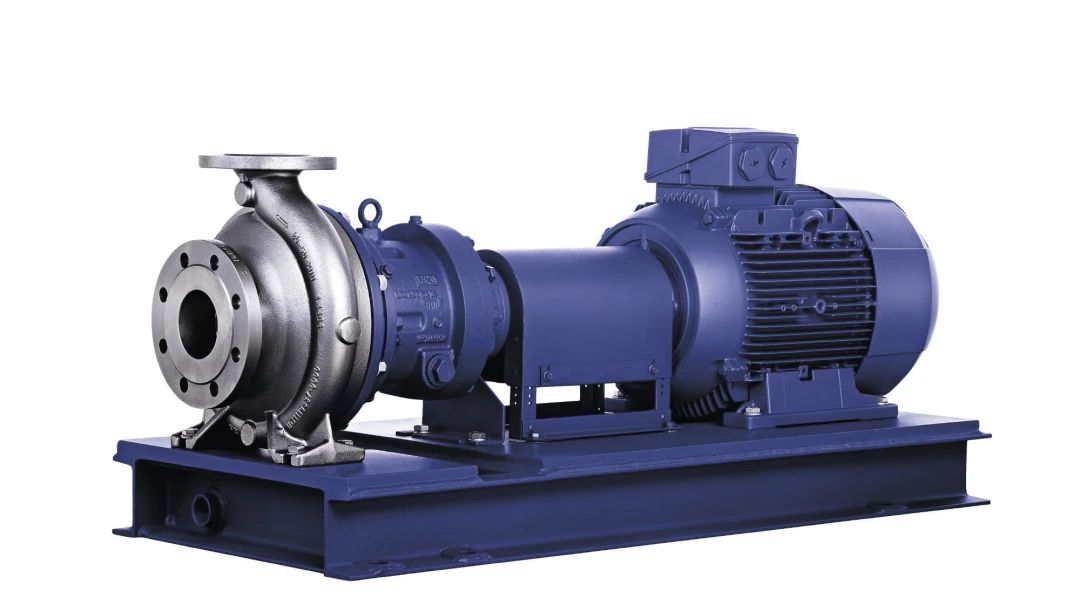
KSB's products have higher efficiency and longer lifespan, helping battery factories using these products gain solid protection in controlling full lifecycle costs and improving system availability.
2. Urbanization: Deep Tunnel Water Management in Megacities

In 2023, 57% of the global population lived in cities. The United Nations predicts this figure will reach 68% by 2050. At the same time, the number of megacities with populations exceeding 10 million will increase to 40. Aging drainage systems, coupled with frequent extreme rainfall, increase the risk of urban flooding and overflows.
Deep drainage tunnels are an effective solution: large-diameter tunnels are built beneath cities to collect rainwater and sewage, which are then pumped to the surface for unified treatment.
KSB, leveraging its extensive hydraulic design experience, provides durable and efficient sewage pumping solutions, having successfully implemented deep tunnel projects in major cities such as London, Mexico City, and Auckland.
3. Water Scarcity: How to Safeguard Food and Water

According to the Food and Agriculture Organization of the United Nations, global food demand is projected to surge by 70% by 2050. As a result, we are depleting natural water resources, such as aquifers, faster than they can be replenished. This is not surprising, considering that 70% of the world's groundwater is used for irrigation.
Between 2000 and 2018, global per capita renewable water resources decreased by approximately 20%, particularly impacting arid regions such as North Africa, the Middle East, and parts of Europe and the United States.
To conserve water resources, arid countries and regions require more sustainable irrigation methods, such as drip irrigation or the use of recycled water. However, to promote the adoption of such systems, the solutions' lifecycle costs must be attractive.
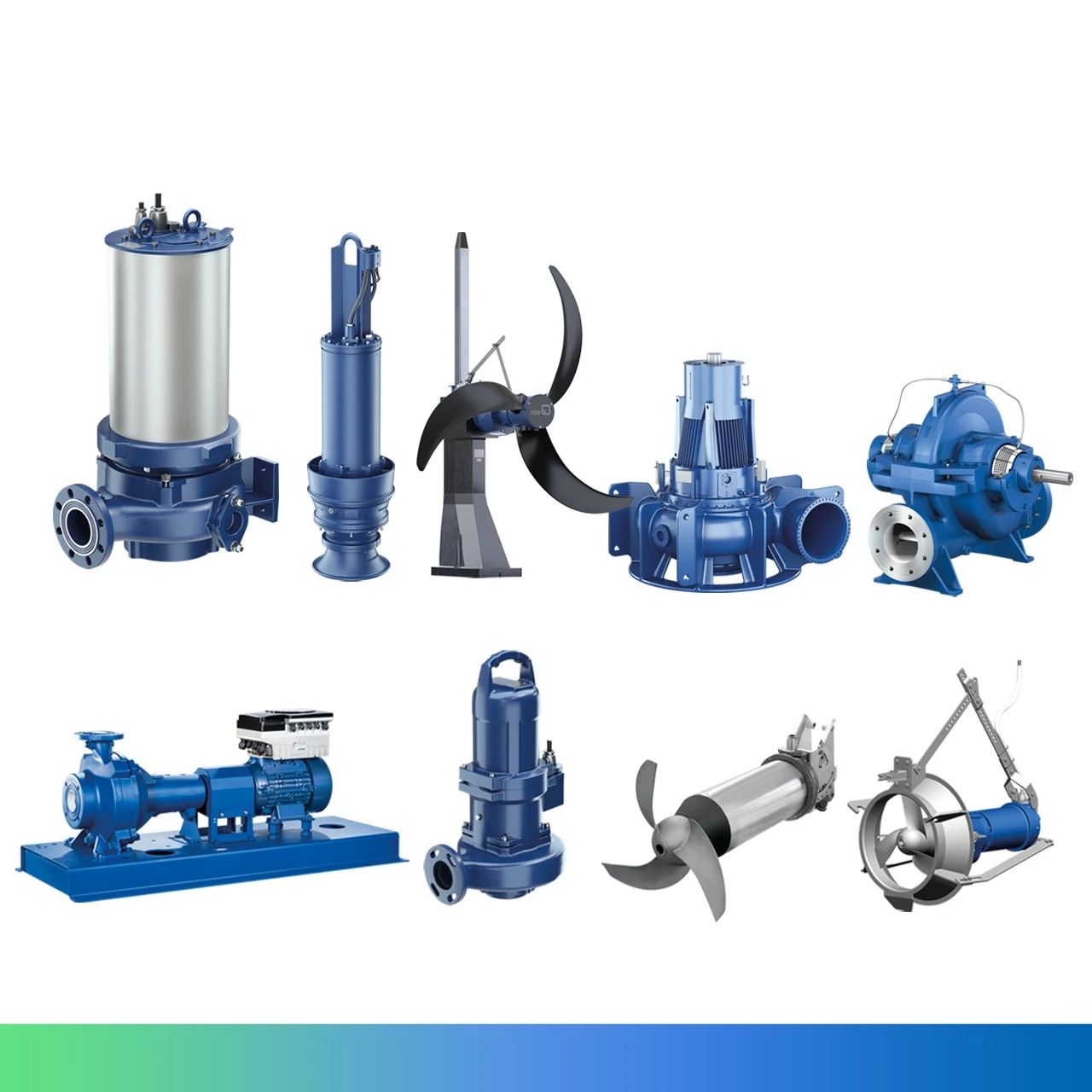
KSB prioritizes efficiency and has rapidly expanded its business in the irrigation industry over the past decade by offering a diverse range of high-efficiency products and services for various irrigation scenarios. KSB provides Amarex KRT submersible sewage pumps, Etanorm single-stage end-suction centrifugal pumps, Multitec multi-stage centrifugal pumps, Omega double-suction volute pumps, etc., covering the entire chain of agricultural water needs from water intake, pressurization to long-distance transportation.
4. Circular Economy: Rethinking "Raw Materials"

The "Circular Gap Report 2024," released in collaboration between the Circular Economy Foundation and Deloitte, shows that global annual raw material consumption has nearly quadrupled over the past 50 years, reaching 10.14 billion tons in 2021, yet the recycling rate is only approximately 7.2%. This waste not only negatively impacts the environment but also creates raw material shortages and supply chain issues, further impacting the economy.
Achieving a "circular economy" is an important step toward addressing this issue, minimizing resource use and reusing materials.

The KSB EtaLine Pro vertical inline pump was designed with recycling in mind from the outset: it uses over 60% recycled raw materials. Its weight is significantly reduced thanks to a new motor with concentrated windings, saving 73% copper and 49% gray cast iron. Intelligent adjustment options allow the pump to flexibly adapt to changing demand. This prevents waste: if operating conditions change, the entire pump does not need to be replaced.
The number of components has also been reduced from approximately 40 to 15, simplifying logistics and conserving resources. Combined with offsetting unavoidable greenhouse gas emissions, these measures have reduced the pump's carbon footprint to virtually zero.
5. The AI Era: The Data Center Cooling War
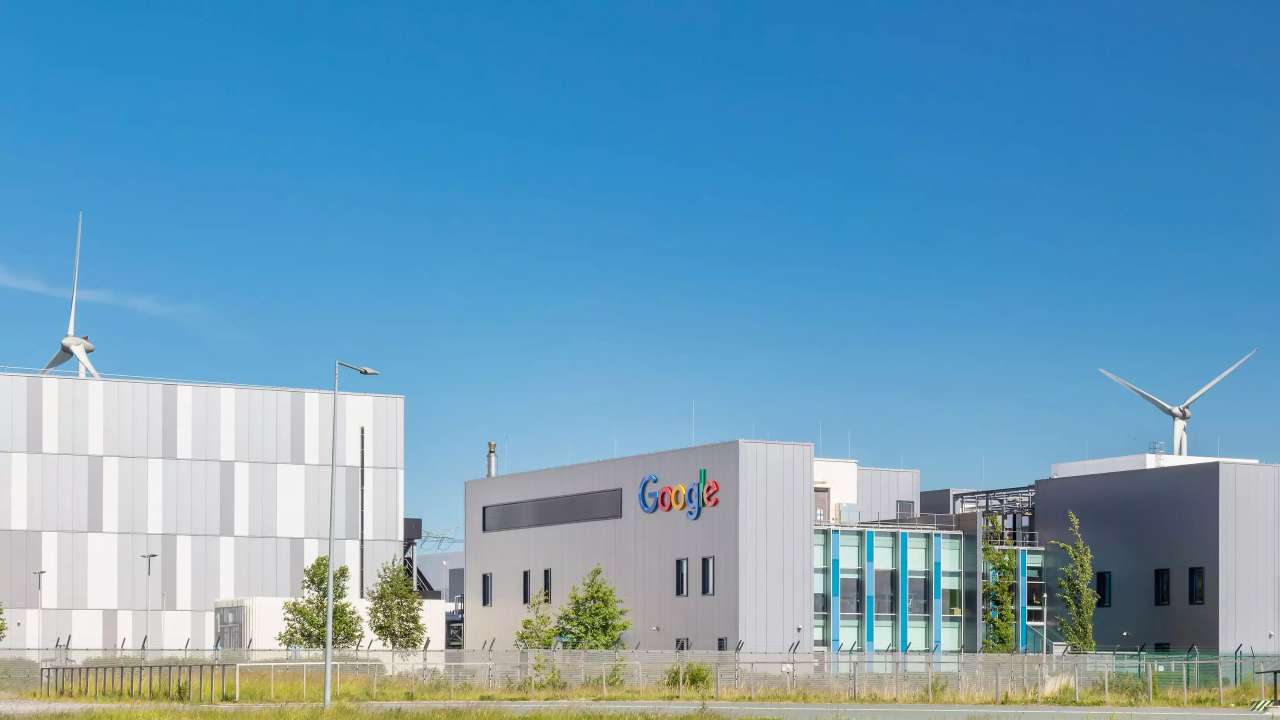
Artificial intelligence (AI) enables computers and machines to mimic human learning, problem-solving, and decision-making abilities. Discussions about AI often focus on its impact on productivity and employment.
However, one aspect often overlooked is the enormous energy consumption of AI.
By 2026, electricity consumption by data centers and AI computing power could reach 1050 TWh (terawatt-hours, representing one trillion watts of electricity consumed per hour), accounting for approximately 2% of global electricity consumption.
To meet the growing demands of AI, data centers must concentrate ultra-high power within limited space. Water, a common medium with a specific heat capacity approximately four times that of air, is becoming increasingly important as a coolant. Technologies such as rear-door cooling (RLC) and direct liquid cooling (DLC) use liquid directly to cool processors, reducing energy consumption and becoming the preferred choice for improving efficiency and reducing energy consumption.
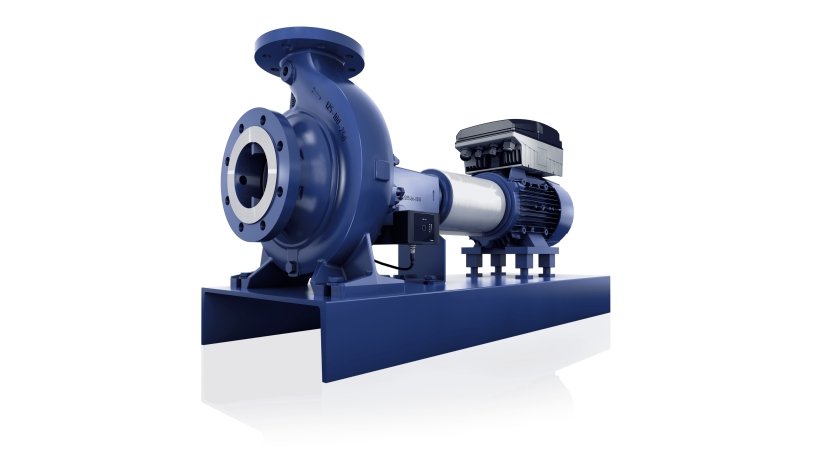
KSB's Etanorm single-stage, end-suction centrifugal pumps, with optimized impellers and flow paths, ensure high efficiency, low noise, and wide operating range, providing a proven solution for water and water-glycol loops in data centers. Equipped with an IE5 motor, these pumps maintain excellent efficiency even under low-load conditions, helping to reduce system energy consumption and improve cooling reliability, laying a solid hydraulic foundation for sustainable computing power.
|
Using Sustainable Certainty Navigating Uncertain Times
Solutions. Achieving a Better Life In the face of profound change, the true foundational capability lies in deeply integrating efficiency, reliability, low carbon emissions, and full lifecycle value. Whether in battery factories, deep tunnel drainage, agricultural irrigation, green manufacturing, or data center cooling, KSB provides customers with future-oriented certainty through proven products and engineering experience. |
